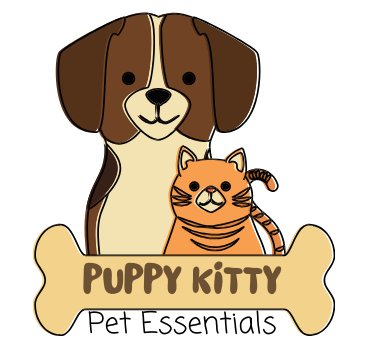If you are here for the first time, allow me (Bob) to welcome you! Spring is upon us! I’m going to clue you in on a key aspect of pet ownership that often gets overlooked during spring cleaning: picking pet-safe products. You’d be surprised how many common cleaning agents contain ingredients that can be harmful to your furry friends. We’re talking about things like ammonia and bleach, which can be toxic if your pet gets too curious with them around.
So you want to make dirt and germs disappear without putting your pets at risk, right? Let’s focus on finding alternatives that pack the same punch without the peril. There are plenty of non-toxic products out there formulated specifically to be safe around animals.
Check labels for harsh chemicals and give them a wide berth. Ingredients like phenols, isopropyl alcohol, and formaldehyde are big no-no’s in the pet world. Instead, choose cleaners that boast pet-safe labels. A pro tip? If a product is safe for human babies, it, more often than not, is safe for pets.
In my opinion, taking the time to read ingredient lists is time well spent for the health of your four-legged companions. And this isn’t just about immediate effects; it’s also about reducing the long-term impact of chemicals on your pets’ overall well-being.

Pet-Proofing During Spring Clean
I’m here to help you tackle spring cleaning with your pets in mind. It starts with pet-proofing. Securing hazardous items is a step that’s often overlooked. During a thorough clean, it’s easy for small objects or chemicals to become accessible to a curious pet. That’s why it’s crucial to keep cleaning supplies, medications, and small, chewable items out of reach. Always store them in closed cabinets or high shelves.
You’re going to find out about the importance of vacuuming and dusting regularly, too. Pets bring a lot of joy, and along with them come hair, dirt, and dander. Frequent vacuuming of carpets, rugs, and upholstery isn’t just about cleanliness; it’s also about keeping those allergens at bay. If you can, invest in a vacuum with a HEPA filter for even better air quality results.
Consider the pet bedding and toys as well. These items are hotbeds for bacteria and dirt, so using a pet-safe detergent to wash them in hot water is vital for your pet’s health. This is a task you’ll want to include in your routine to ensure that every corner of their world is as clean as can be.
Now, what about the areas you might forget, like air vents and HVAC filters? Pet hair and dust don’t discriminate; they’ll clog up your air vent, too. Checking and cleaning these can substantially improve the air quality in your home, making the environment healthier for you and your pets alike.

Securing Spaces and Maintaining Order
Securing your pet’s environment is just as important as the cleanliness of your home. When you’re giving your backyard a spring refresh, take the time to inspect the fencing. Look for escape routes or areas where the fence might be weak or damaged. It’s not just about keeping your pet in; it’s also about keeping potential hazards out, so repairing any problem spots is crucial.
Now, pet hair on furniture isn’t just a nuisance; it can also contribute to allergens in your home. Use lint rollers or specialized vacuum attachments designed for pet hair removal to tackle this challenge. Remember, a clean space is more than just visually pleasing; it’s also about maintaining healthy living conditions.
Pay special attention to the spaces where your pet hangs out the most. Their feeding area, sleeping nook, and the sofa spot they’ve claimed as their own should be spotless. You’ll want to use pet-safe disinfectants here, considering these are the places your pet is most likely to linger.
While tidying up, keep an eye out for expired pet products. Whether it’s food, treats, or medication, outdated products can be a health risk. Make sure you’re checking those expiration dates and refreshing your supplies as needed. It’s a great time to toss anything that’s no longer safe or necessary.

Beyond Cleaning: Preparing for Pet Emergencies
I’m here to help you understand that spring cleaning isn’t just about tidying up; it’s about preparing for the unexpected. In my opinion, one of the most important things pet owners can overlook is the need for an updated pet emergency kit.
Now, what should go into this kit, you ask? It’s crucial to have first aid supplies tailored for your pet, including bandages, antiseptics, and any medications they may require. Don’t forget the essentials like extra food, water, and a spare leash.
Choose something that resonates with you when it comes to putting together these kits. For example, if you know your pet gets uneasy during storms, include a comforting item like a favorite toy or blanket. A lot is happening very quickly in emergencies, and having familiar items can make all the difference.
Your first attempt at creating a pet emergency kit doesn’t need to be your last. You can always adjust your approach down the road. As seasons change, so do the needs of your pet. That’s the strategy I like to leverage when I think about updating my own pet’s emergency stash.
So my question to you today is, have you checked your pet’s emergency kit lately? If not, I really hope that you set aside some time after your spring cleaning to make sure your furry friend is as prepared as you are — because when it comes to our pets, it’s not just about love, it’s also about their safety and well-being.
